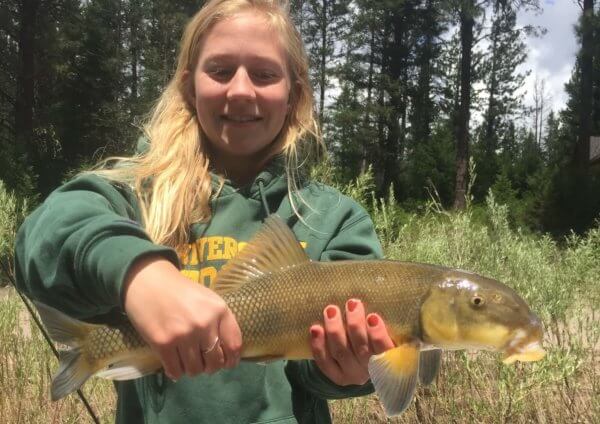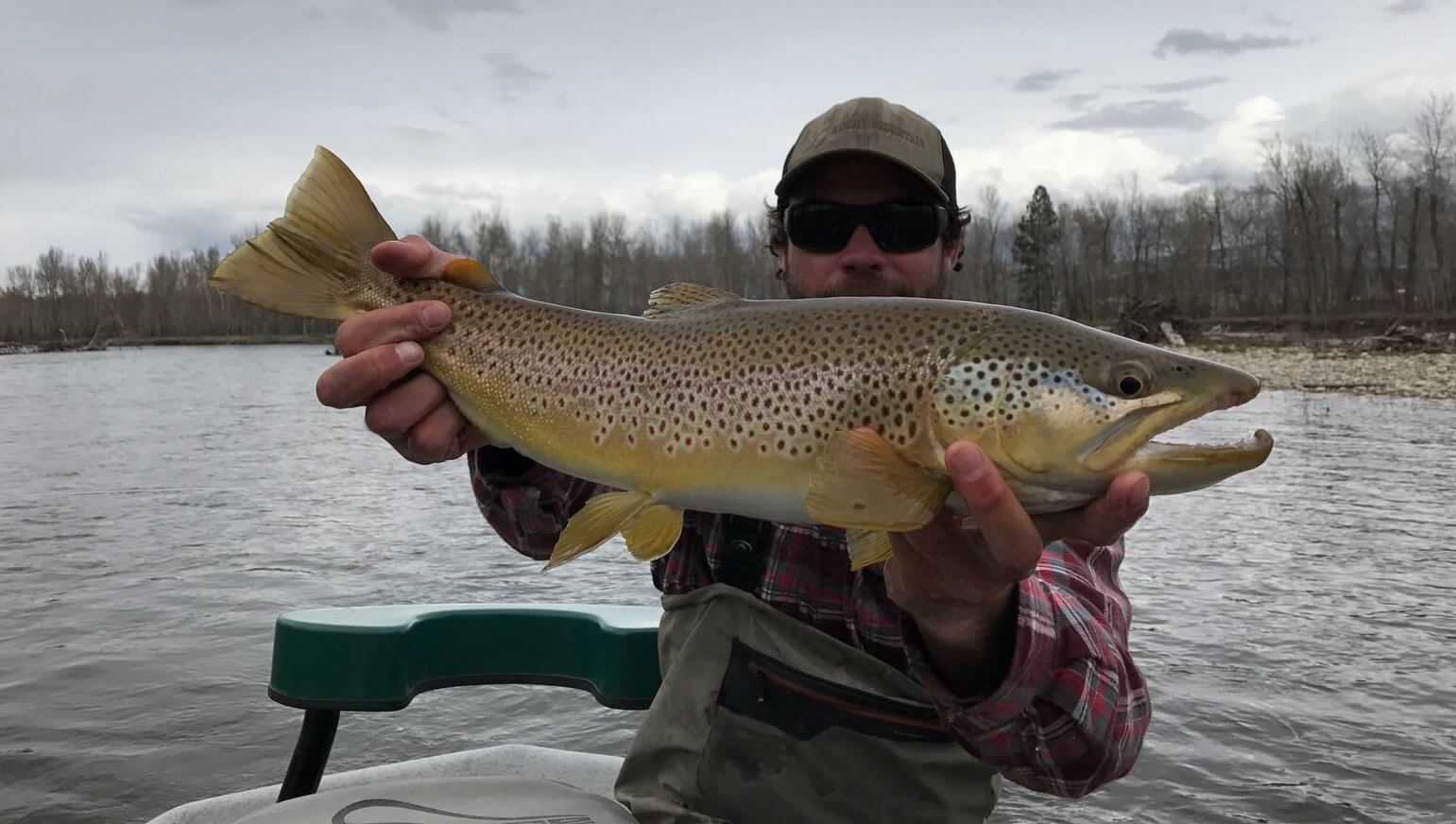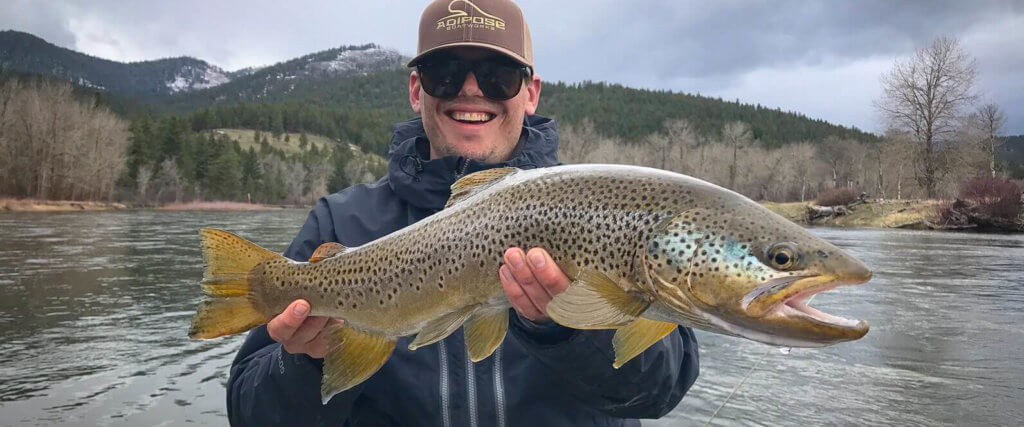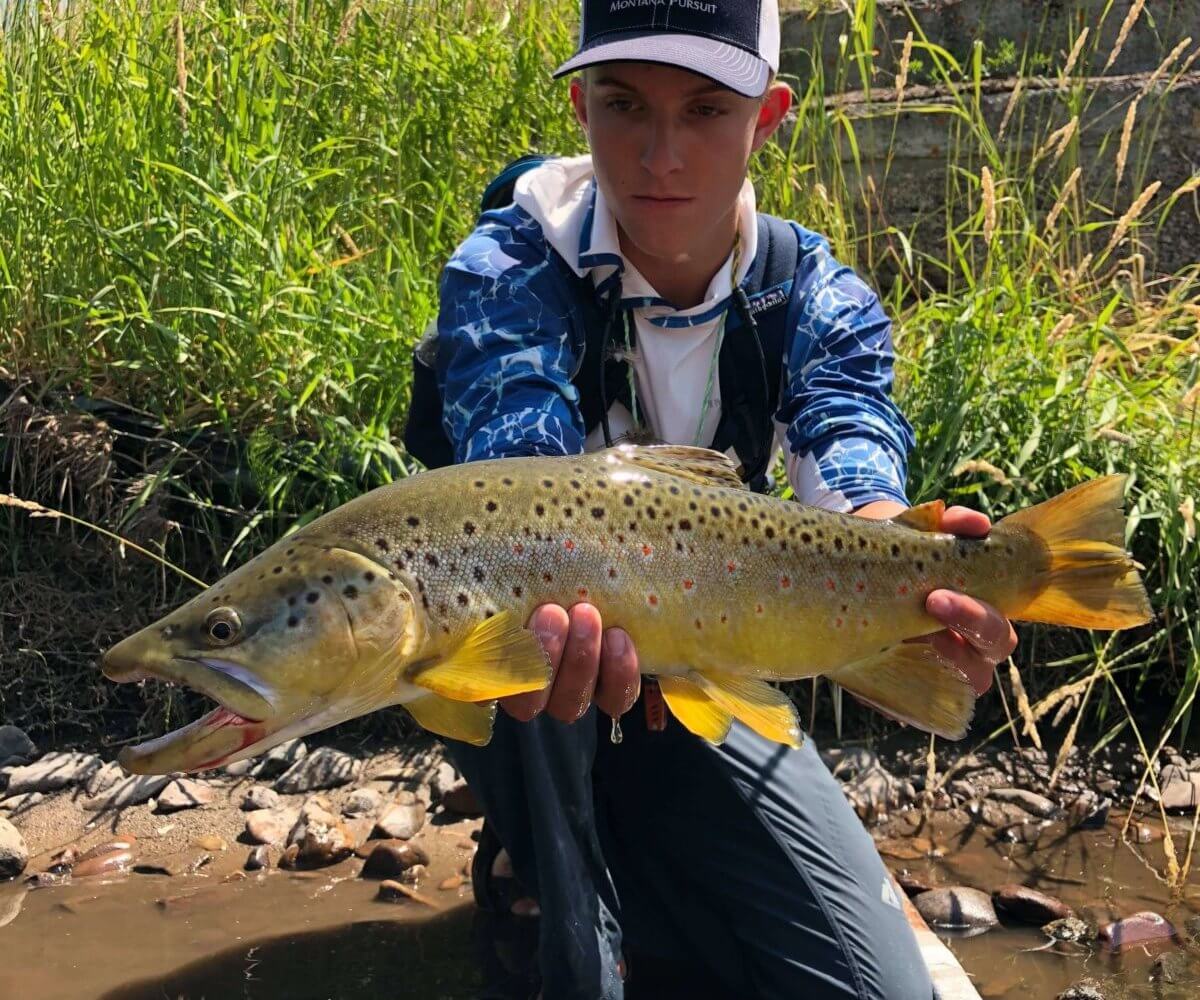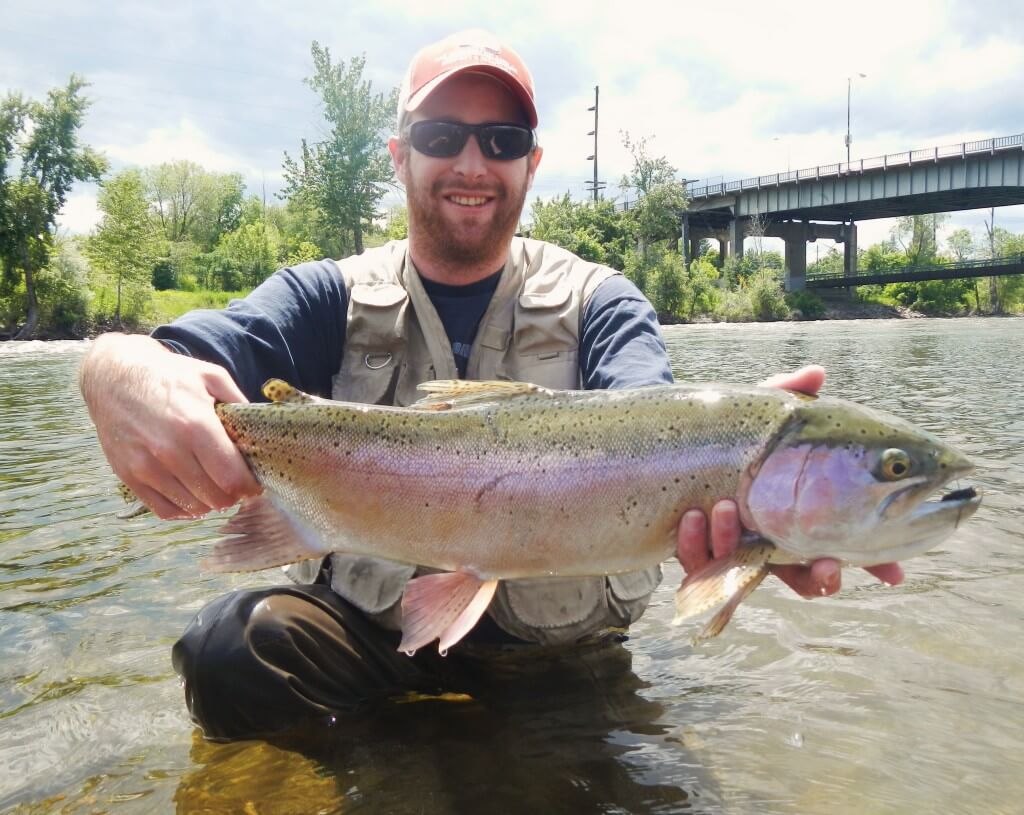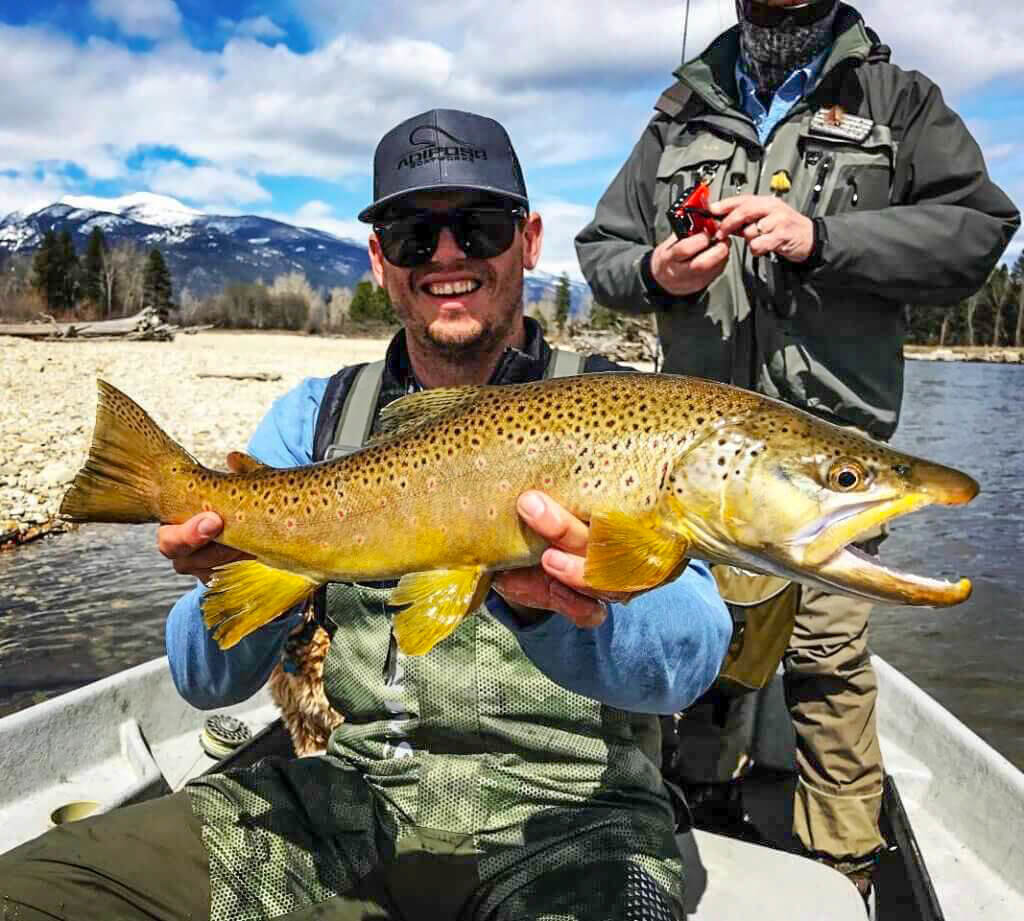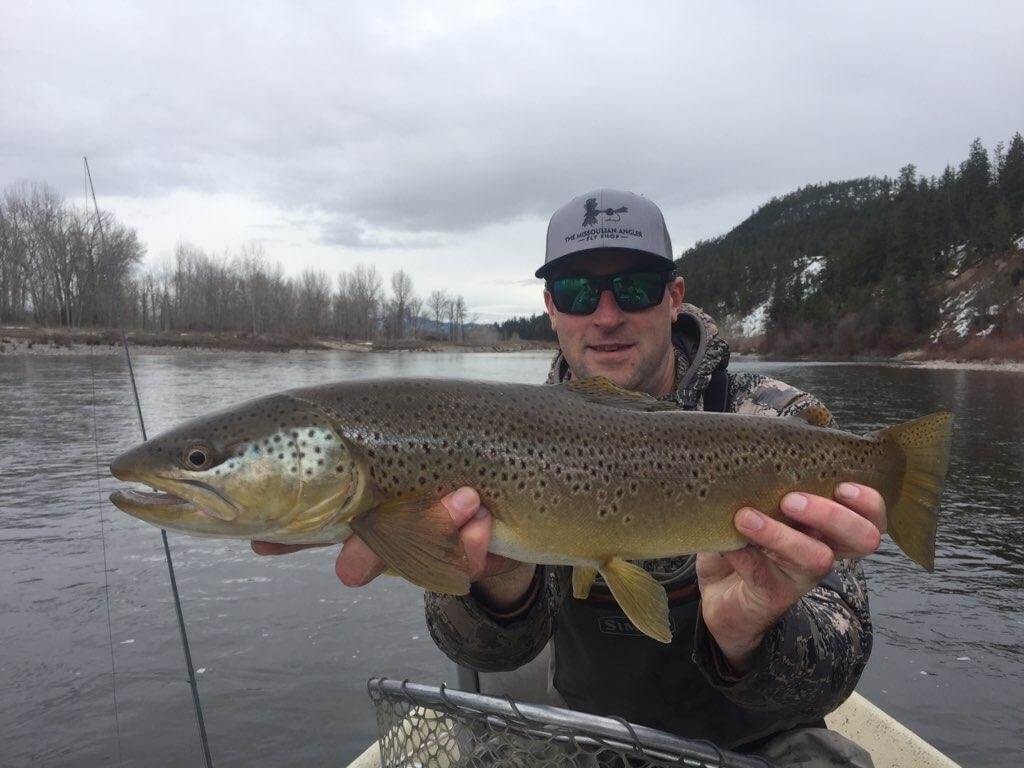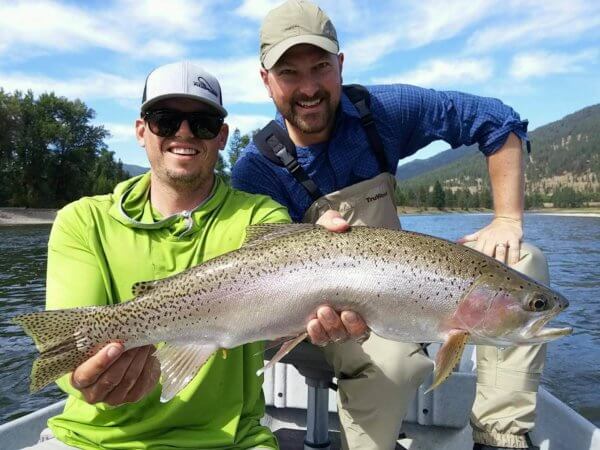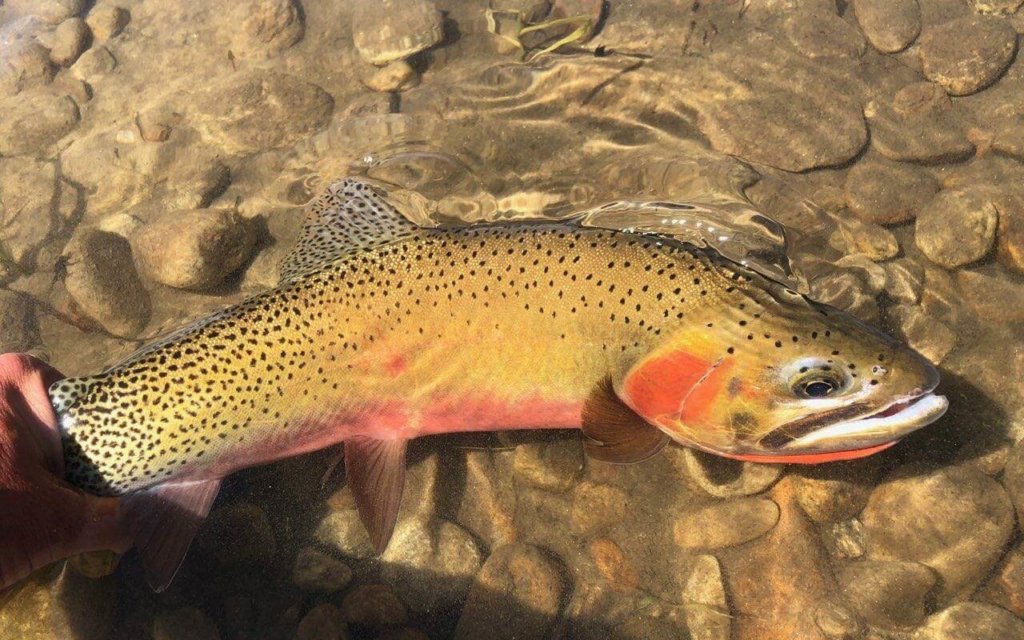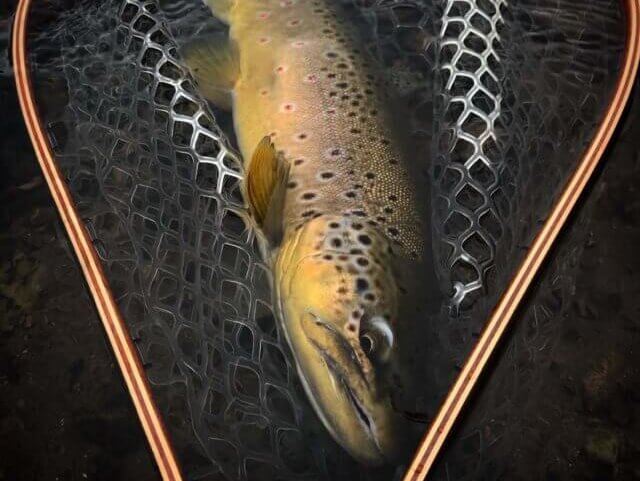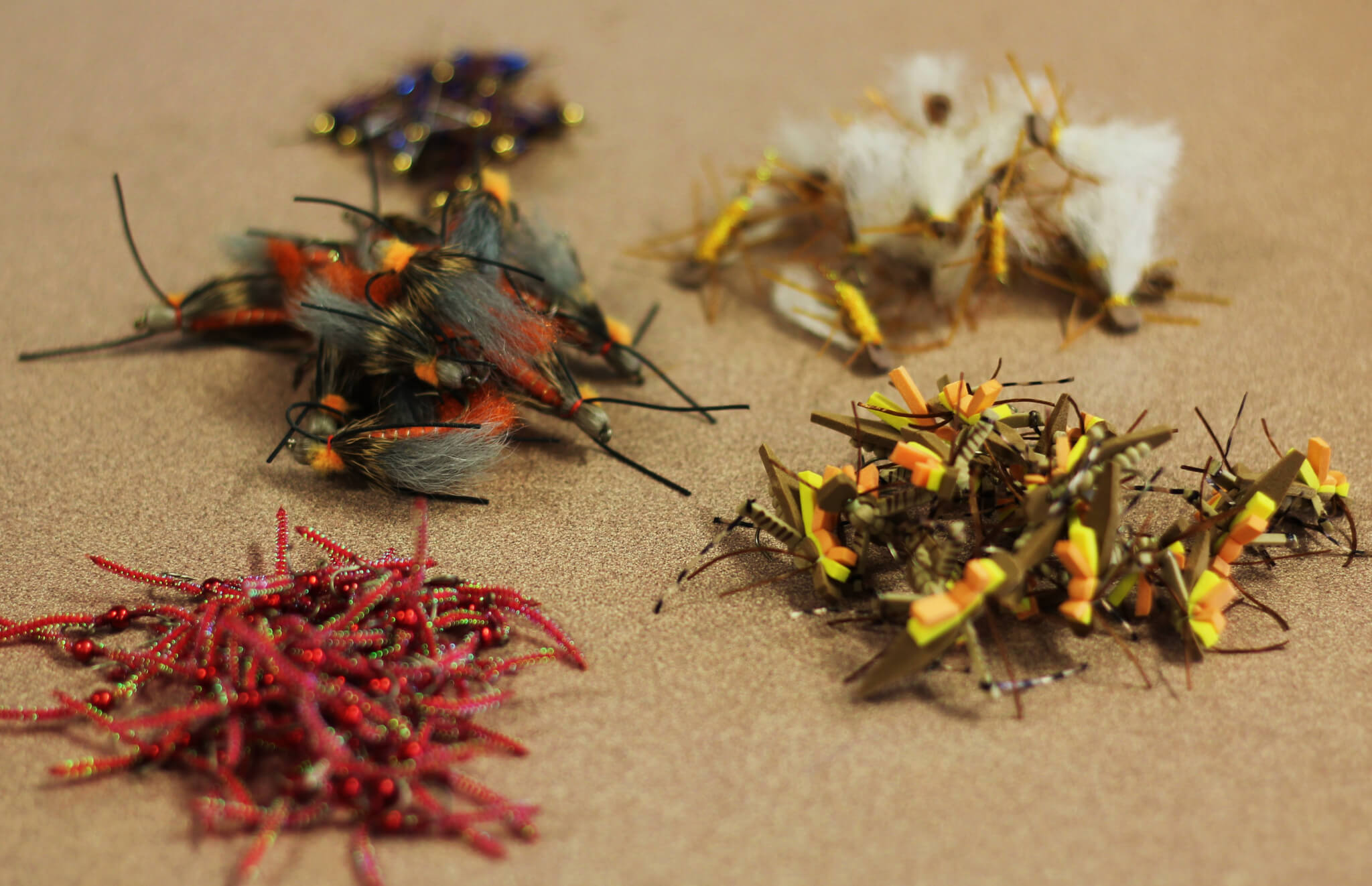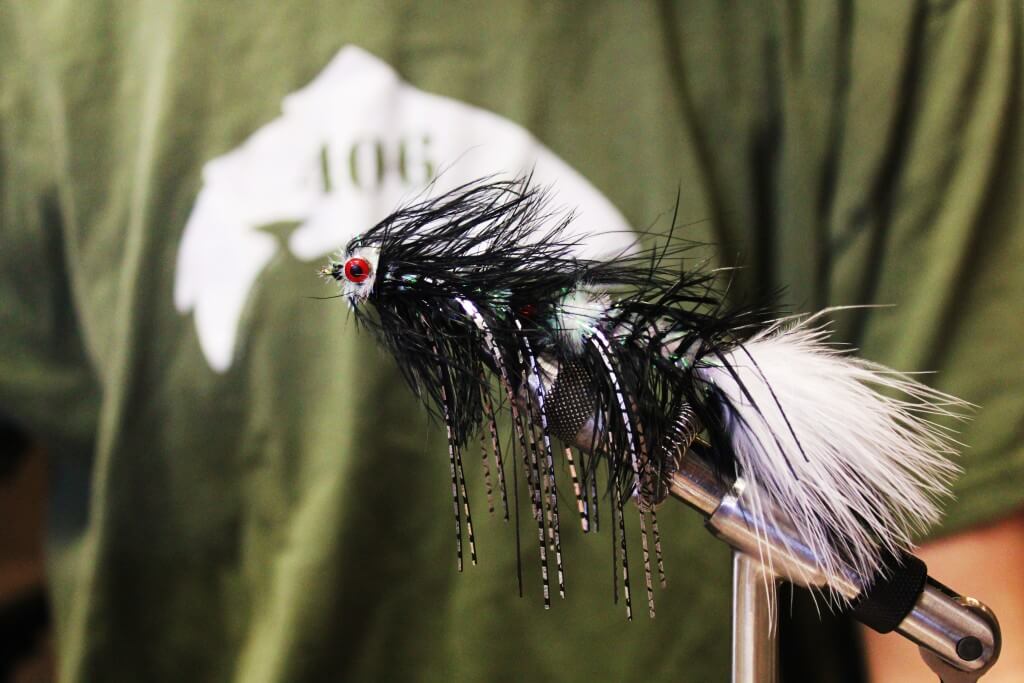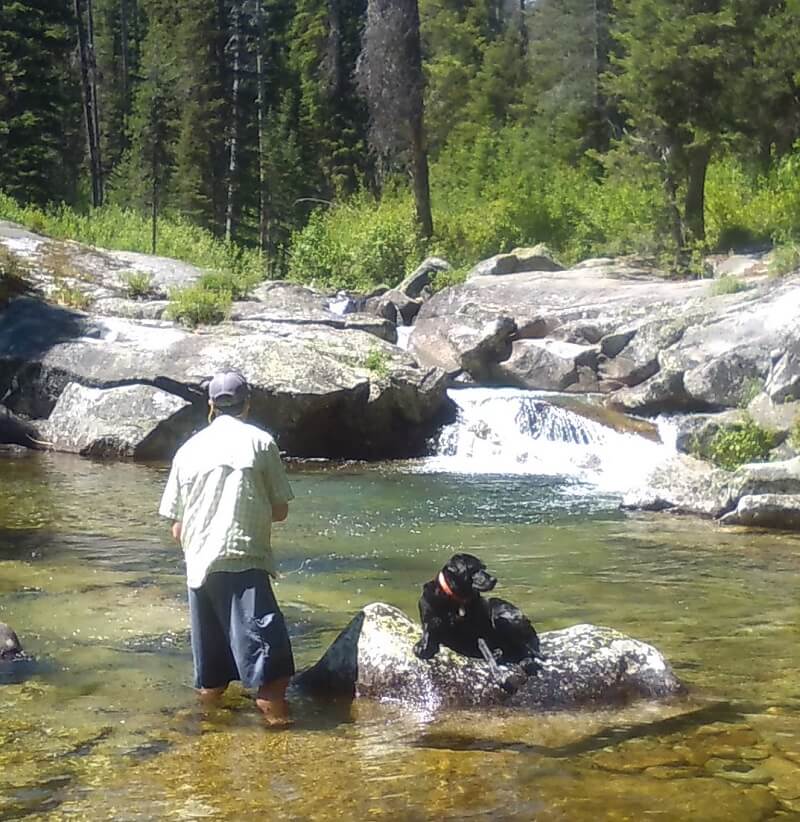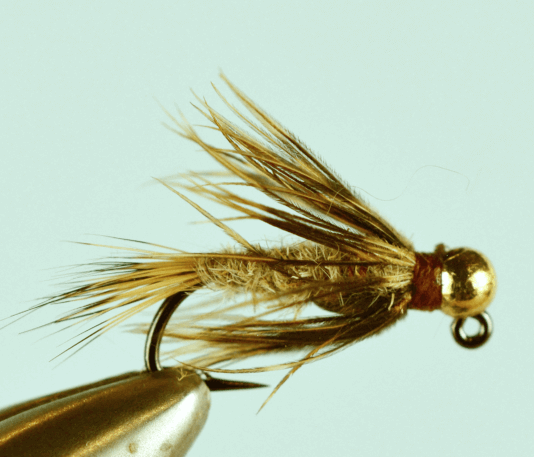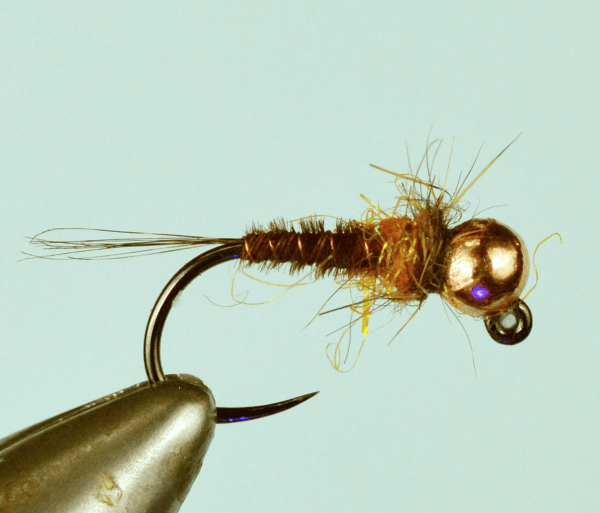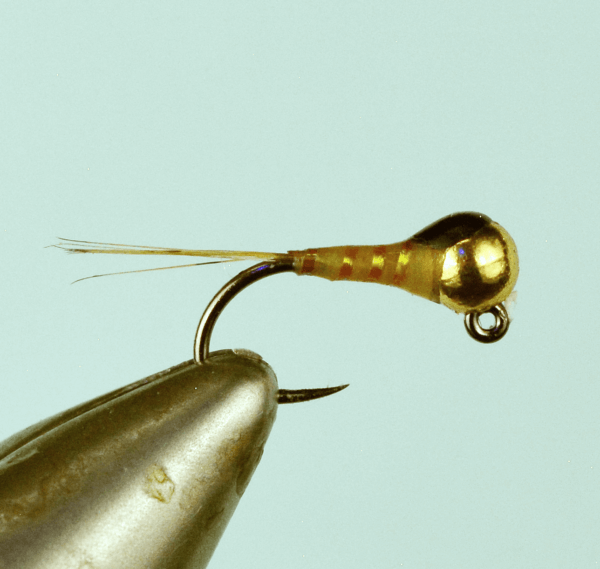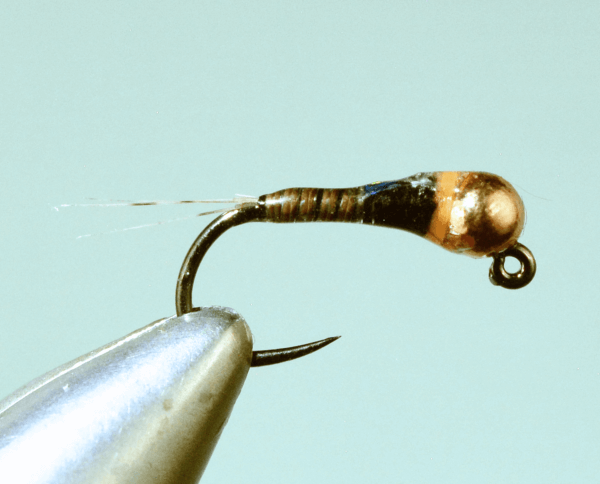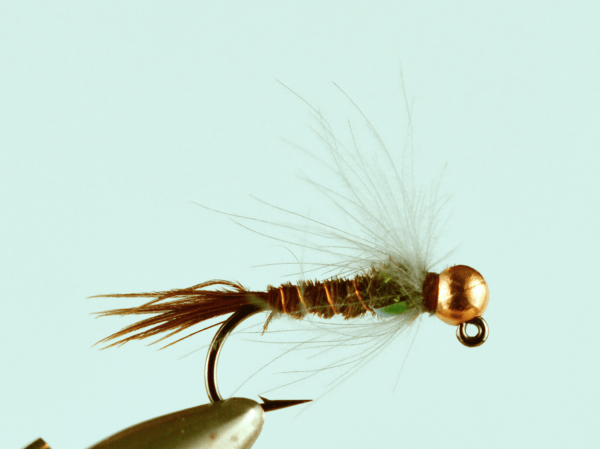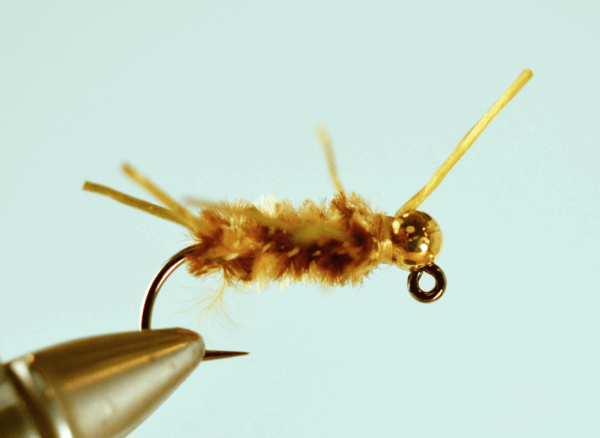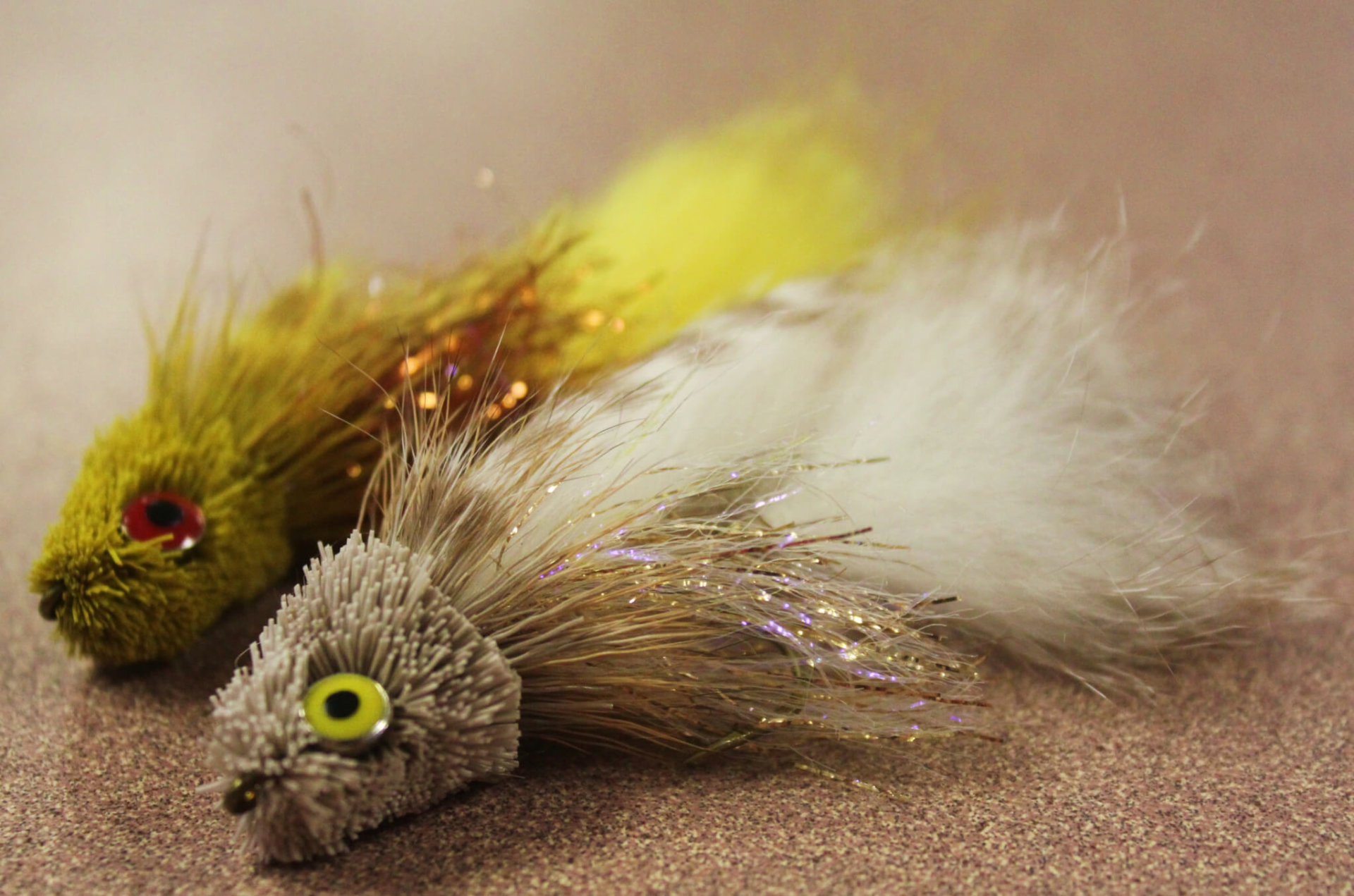We notice this phenomenon more around Salmon fly time, but it’s a year round occurrence. An angler walks in and says to us, “The Pteranarcys are 2mm shorter this year than they were last year. Do you know why that might be?” And after we mumble some professional sounding lingo, jargon and hogwash, he says he needs some flies. We sell him some Orange Stimulators a size 6.
The next angler walks in the shop and says, “I hear the Salmon Flies are on the water. Any truth to that?” As professional fly shop people, we’re more able to answer that than biology questions, so without mumbling or jargon, we let him know where and when. Again flies are needed, so we grab some size 6 Orange Stimulators.
The next angler (often a bit older) walks in and says, “I seen the Willow Flies out last night. So I need some Willow Flies and Hellgrammites.” Again, as professionals, we don’t mumble and we don’t worry about the nomenclature. We get some size 6 Orange Stimulators, and a few Black Double Bead Stoneflies as well. And another angler heads out to meet, depending on their perspective, the Pteranarcys Californicus emergence with females at risk returning to lay eggs, the Salmon Fly hatch, or the Willow Flies. Bottom line, they all bought the same fly.
This is the joy of fly fishing. It’s why we all come back year after year to pursue trout with the long rod. Because it makes us happy. And as with so many things in life, happiness is in the eye of the beholder. For some, the capture and examination of insects is absolutely the most fun they can have on the water. Contrast that with Thomas McGuane, who said,” In the future, I plan to become a fine streamside entomologist. I’m going to start on that when I’m much too old to do any of the 2,000 things I can think of that are more fun than screening insects in cold running water.” Like they say down South, there’s a tick for every dog!
We’re bombarded every day by Facebook, Instagram, Twitter and three new apps we don’t even know the names of, all touting the best and only way to fish. They have pictures with circles and arrows and diagrams on the back, all explaining why their angling is superior to yours. Euronymphing!! Match The Hatch! How to fish during run-off. Go big or go home. Dry or die. We’ve heard them all, and if the truth were known, not one of them has it right. Oh, they have it right for a few, but they miss the big picture as they use a sledgehammer to pound home their tiny little vision of fly fishing.
We know anglers who fish dawn to dusk as often as they can, from January to December. We know anglers who only pull the rod out when the Willow flies are on, and anglers from all points in between. They go and do what they do because it makes them happy. And really, isn’t that why we all go fishing? Some can wander the stream for hours without ever casting, watching the swallows work the hatch. Some will camp next to the river, so they can be there as the sun rises and the fish begin to move, making their first cast at first light to the first available fish.
Some will only pursue Atlantic Salmon or Steelhead. Some feel the call of the ocean as if it was the clarion call of a bugle to battle. Some will walk the edge of a one acre pond, chasing the wily blue gill as it goes about it’s panfishy business. We all know these anglers, we all wonder about what makes them tick. And we want to share the REAL secret of fly fishing with them, to give them our insight into why they should be on the water. We want them to know our truth about fly fishing.
When, in fact, the real truth is so much simpler.
They’re happy. They’ve found their spot. They might not have 15 fly boxes. They might not own 27 fly rods, from a 6’ 1wt through 14’ 9 wt rod. Perhaps they bought their flies at a local gas station on the way to the crick. They’ve made their decision, and it’s a good one. They went fly fishing. They got on the water, and they got there on their own terms. That’s enough for most anglers.
While people compete in fly fishing, it’s not a competition. It is, depending on your viewpoint, a way of life or just a warm weather activity that gets you outside. Neither is wrong. Don’t judge yourself by others. You can go to our website and find some of the best fly fishing information available. But we readily admit, we’re not like most people! We live our lives at the far end of the bell curve, and understand that. We’re here to help in any way we can, be it providing information that propels you from accomplished to expert, or simply available to show you how to tie a clinch knot. We learned a long time ago not to judge others with the same yardstick we use for ourselves.
So whether you’re matching the hatch, dead set on identifying the mayfly the trout are eating, or if you’re mesmerized watching the swallows wheel and swerve to eat some random bug, stay happy on the water. You are your own yardstick, and don’t let anyone tell you differently. This is a hobby- we don’t know of anyone fly fishing for sustenance. We don’t have to go fishing, we get to go fishing! And while there’s a huge world of information out there, it’s always your choice to utilize it or not. We hope you do. We’re here to help, online or in the shop, when you do. But if you never make that move, it’s OK. Fly fishing can be deep as the ocean, or shallow as a rill. Find your spot, and get your feet wet. It will make you happy!

